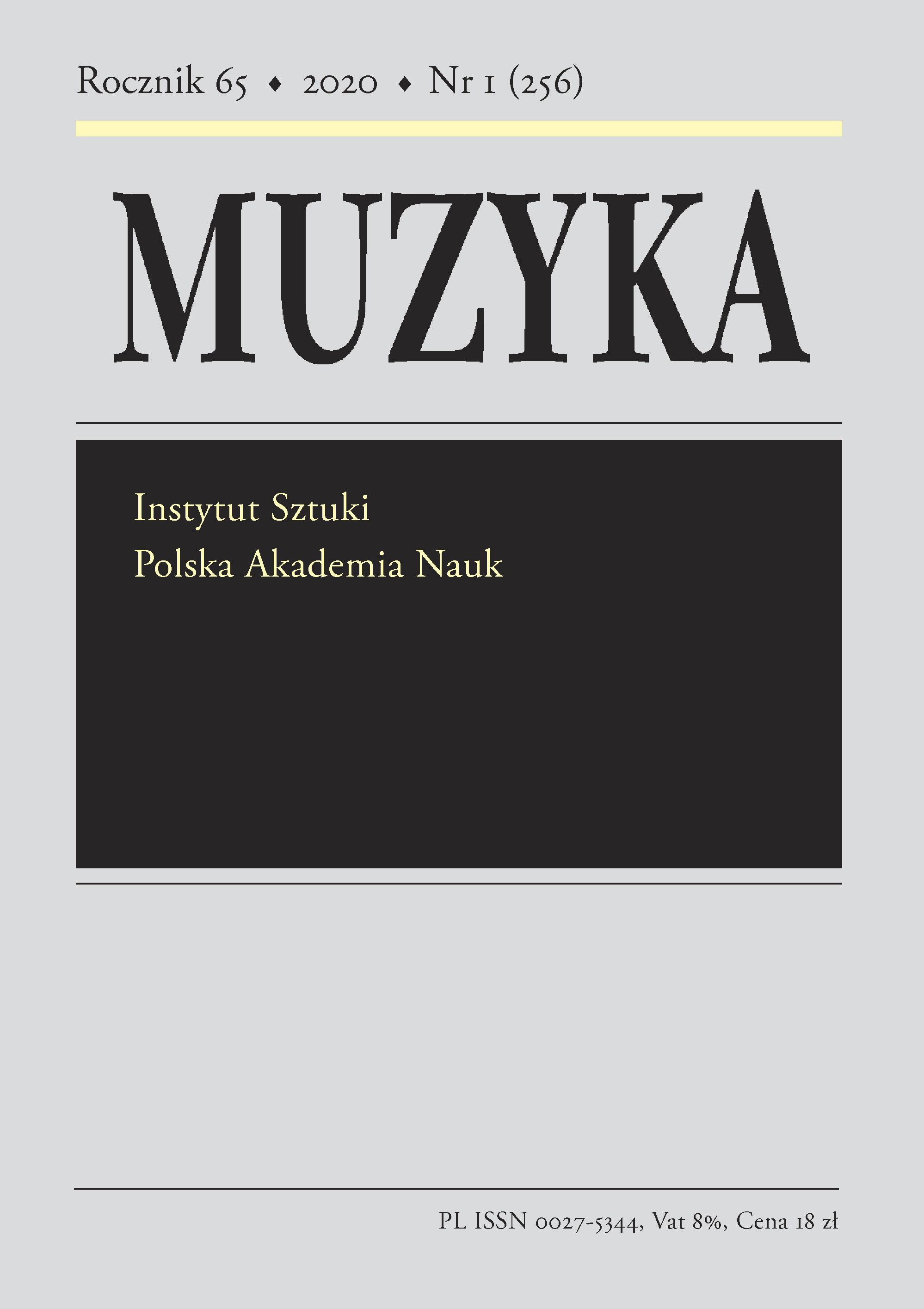Simon Lyra and the Lutheran liturgy in the second half-century of the Reformation in Breslau
Simon Lyra and the Lutheran liturgy in the second half-century of the Reformation in Breslau
Author(s): Allen ScottSubject(s): Music
Published by: Instytut Sztuki Polskiej Akademii Nauk
Keywords: St Elisabeth Gymnasium in Wrocław; St Elisabeth church in Wrocław; musical manuscripts; repertoire of Lutheran services; Bohn’s collection
Summary/Abstract: In 1593, Simon Lyra (1547-1601) was appointed cantor of the St. Elisabeth Church and Gymnasium in Breslau/Wrocław. In the same year, he drew up a list of prints and manuscripts that he considered appropriate for teaching and for use in Lutheran worship. In addition to this list, there are six music manuscripts dating from the 1580s and 1590s that either belonged to him or were collected under his direction. Taken together, Lyra’s repertoire list and the additional manuscripts contain well over a thousand items, including masses, motets, responsories, psalms, passions, vespers settings, and devotional songs. The music in the collections contain all of the items necessary for use in the liturgies performed in the St. Elisabeth Church and Gymnasium in the last quarter of the sixteenth century. This list provides valuable clues into the musical life of a well-established Lutheran church and school at the end of the sixteenth century. When studying collections of prints and manuscripts, I believe it is helpful to make a distinction between two types of use. Printed music represents possibilities. In other words, they are collections from which a cantor could make choices. In Lyra’s case, we can view his recommendations as general examples of what he considered liturgically and aesthetically appropriate for his time and position. On the other hand, manuscripts represent choices. The musical works in the six Bohn manuscripts associated with Lyra are the result of specific decisions to copy and place them in particular collections in a particular order. Therefore, they can provide clues as to what works were performed on which occasions. In other words, manuscripts provide a truer picture of a musical culture in a particular location. According to my analysis of Lyra’s recommendations, by the time he arrived at St. Elisabeth the liturgies, especially the mass, still followed Luther's Latin "Formula Missae" adopted in the 1520s. The music for the services consisted of Latin masses and motets by the most highly regarded, international composers of the first half of the sixteenth century. During his time as Signator and cantor, he updated the church and school choir repertory with music of his contemporaries, primarily composers from Central Europe. Three of these composers, Gregor Lange, Johann Knoefel, and Jacob Handl, may have been his friends and/or colleagues. In addition, some of the manuscripts collected under his direction provide evidence that the Breslau liturgies were beginning to change in the direction of the seventeenth-century Lutheran service in which the "Latin choir" gave way to more German-texted sacred music and greater congregational participation.
Journal: Muzyka
- Issue Year: 65/2020
- Issue No: 1
- Page Range: 3-18
- Page Count: 20
- Language: English

